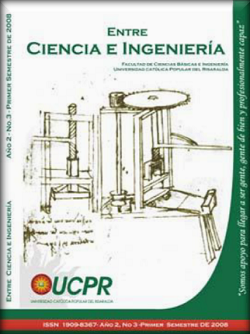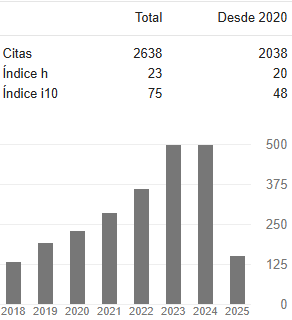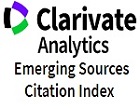Virtual education: an agreement between technology and pedagogy
DOI:
https://doi.org/10.31908/19098367.820Keywords:
VirtualEducation, Semantic Web, Web2.0, Web3.0, Pedagogy, Tics, Internet, VirtualReality, ArtificialIntelligence, Teachers,Education, Learning.Abstract
Knowing and learning from the world around, is and has been a priority for the human being. It is for that reason that different machines have been developed in order to get help in those tasks. One of them is the computer, and since some years ago the Internet. Both of them have opened a world full of possibilities for education and for the development of the human intellect. But the speed with which those technologies have evolvedand entered the society modifying it, and making it more complex, have not allowed that those who have to teach, get the chance to use this technology at a maximum level.This happens, because of the lack of tuition in the use of technology that teachers have, and in other situations, because they do not have the opportunity to use it.The new education systems demand a new pedagogy closer to the students needsin the Tics age. This demands the need of a new teaching style and a new pedagogy that face the education process from what people have called Semantic Web now Web 2.0, which is the topic this written tries to explain about.Downloads
References
Ausbel, D. P.Novak, J.D. y Hanesian, H. (1983). Psicología Educativa. México:Editorial Trillas.
Berners-Lee,Tim; Hendler,James and Lassila,Ora "The Semantic Web". Scientific American Magazine. (May 17, 2001).
Berners-Lee, Tim; Cuestión Semántica, (Tomado de Revista Gestión 4 por Sarah Powell. pág. 87 a 91 V.10/ (Ago-Sep 2007).
Carretero, Mario. (1993). Constructivismo y Educación. Argentina: Editorial AIQUE.
Engelbart, Douglas. A Conceptual Freamework Augmenting Man´s Intellect, 1963 (tomado de HOWARD, Rheingold.Realidad Virtual. Barcelona: Gedisa. 2002. Pág.75-76 )
El Proyecto de Douglas Engelbart, "Augmentation of Human Intellect” Consultado en: http://es.wikipedia.org/wiki/Douglas_Engelbart"
Gardner, H. y otros. (2000). Inteligencia. Múltiples Perspectivas. Buenos Aires:Editorial AIQUE.
Howard, Rheingold. (2002). Realidad Virtual. Barcelona: Editorial Gedisa.
Heinz, Pagels. (1991) Los Sueños de la Razón. Barcelona: Editorial Gedisa.
Onrubia, J. (2005). Aprender y Enseñar en Entornos Virtuales: Actividad Conjunta, Ayuda Pedagógica y Construcción del Conocimiento. RED. Revista de Educación a Distancia, Número Monográfico II. Consultado en: http://www.um.es/ead/red/M2/
O'REILLY, Tim. What Is Web 2.0: Design Patterns and Business Models for the Next Generation of Software, September 30, 2005. Consultado en: http://www.oreillynet.com/pub/a/oreilly/tim/news/2005/09/30/what-is-web- 20.html.
Shawki,Tarek. UNESCO's ICT Competency Standards for Teachers Project Development: Why did UNESCO develop the "Standards"? January 2008.
UNESCO's ICT Competency Standards for Teachers. Towards ICT Skills for Teacher. Tomado de: http://cst.unesco-ci.org/sites/projects/cst/default.aspx
Web Semantics: Science, Services and Agents on the World Wide Web(2007) Consultado en: http://tomgruber.org/writing/CollectiveKnowledgeSystems.htm
Downloads
Published
Issue
Section
License
Copyright (c) 2019 Entre ciencia e ingeniería

This work is licensed under a Creative Commons Attribution-NonCommercial 4.0 International License.



















